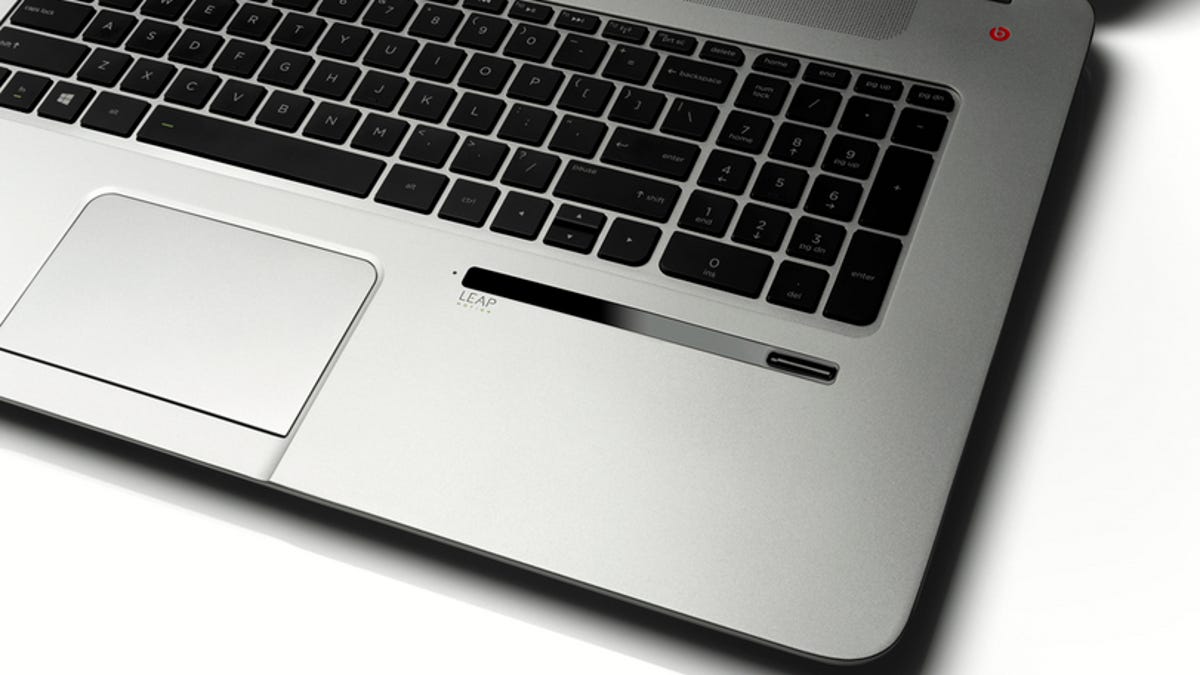HP first to embed Leap Motion tech into a computer
Having the Leap technology built directly into HP's new Envy 17 laptop fulfills one of Leap Motion's more important goals -- being embedded in a wide variety of devices.

From the beginning, Leap Motion's founders were certain their gesture-control technology was a natural to be embedded directly into computers.
That bet paid off Thursday when Hewlett-Packard became the first computer maker to build Leap Motion's technology into one of its machines. Starting in a few weeks, the San Francisco startup said, the HP Envy 17 Leap Motion Special Edition laptop will go on sale.
Leap Motion's technology is designed to allow users to control their computers with hand gestures alone. Until now, the only way to use it was with the Leap controller, a USB stick-sized device that plugs into a computer's USB port. The technology measures -- and translates to the computer -- motion with an accuracy of a hundredth of a millimeter. Already, more than a hundred applications have been built to leverage the technology. They are available through Airspace, the company's app store.
In January, Leap Motion announced its first bundling deal, with Asus, in which its controller was packaged alongside a number of Asus' computers. Then in April, it announced it had struck a deal to embed its technology into then-unspecified HP computers. The Envy 17 laptop is the first fruit of the HP partnership.
Embedding the technology directly into a computer is possible, explained Leap Motion CEO Michael Buckwald, because the company has significantly reduced the size of the module housing the Leap's sensors and other hardware. Buckwald said the new module is 70 percent smaller than its predecessor.
For now, HP is the only manufacturer signed on to embed the Leap technology. But Buckwald said Leap Motion is in similar discussions with others. In fact, those discussions are, at least in part, geared towards the company's ultimate goal -- getting its technology build into smaller devices, such as tablets or smartphones. "We want to be embedded everywhere," Buckwald said.
While the actual applications for such a melding of hardware would be up to developers, Buckwald said he can imagine things like a smartphone with embedded Leap technology being used as a remote control for another device. Such an integration would not be possible with the Leap controller on the market today, but would be entirely feasible with the company's current technology.

